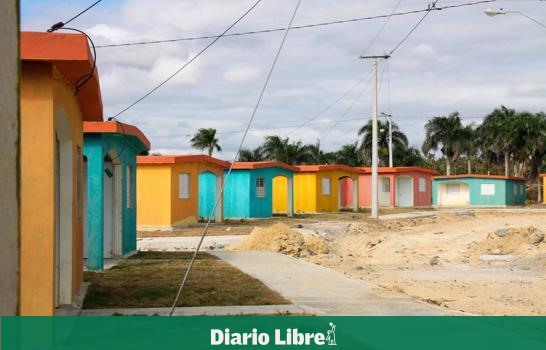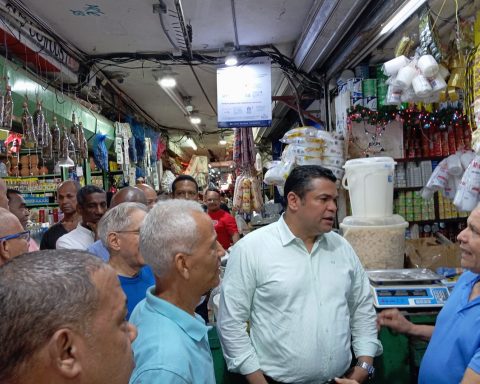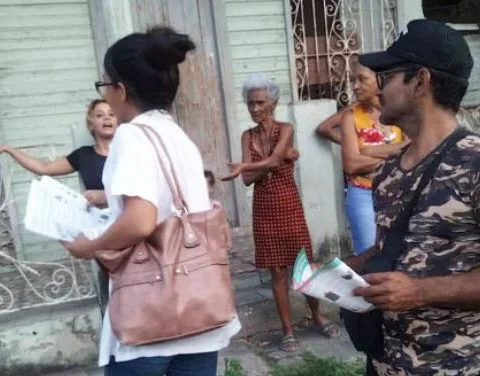32.1% of households in the Dominican Republic are not made up of children, according to the recent National Survey of Multiple Purpose Households (Enhogar-2021).
According to the study, 20.8% of the households surveyed are single-person, that is, made up of a single person, and 11.3% of the households are bi-parental without children, that is, made up of the couple, united or legally married without children.
The combined figures of these two types of households add up to 32.1%, which is equivalent to practically a third of those surveyed.
One-person households on the rise
In the last nine years, the percentage of single-person households has had a tendency to increase according to the Enhogar surveys of 2012, 2015, 2018 and 2021.
In Enhogar 2012, households with only one member were 14.7%; in the Enhogar 2015 households with a single member were 16.7%; in the Enhogar 2018 the single-person households reached 19.0% and in the recent Home 2021 20.8% of the households surveyed are single-person. Compared to 2012, the single-person households have grown by 6.1%.
Single-parent and two-parent households with children
Enhogar-2021 divides households into seven types, so that in addition to single-person and two-parent households without children, there are single-parent households, two-parent households with children, compound households, without nucleus, and extended households.
Individually, single-parent households account for the largest number at 23.6%. The survey defines this type of household as those made up of one parent and one or more children.
While biparental households with children (composed of the father and mother and one or more children) represent 23.5%. While 12.7% are compound households, that is, those “that may present a complete or incomplete conjugal nucleus, may or may not have other relatives of the head of household, and have other members who are not relatives of the head.”
Households without nuclei, those made up of people not related to each other, reach 7.6%, according to the survey.
The type of home with the lowest percentage is the extensive one with 0.4%. These are built by a two-parent or single-parent household that includes one or more relatives of the person who is the head of the household.
Average number of people per household
Enhogar 2010 established that “the average size of households, which was five people in 1991, 4.3 in 1996 and four in 2002, decreased in Enhogar 2006 to 3.6 people per household, maintaining that same proportion in Enhogar 2009- 2010”.
In the 2015 survey, the average number of people per household was 3.3 members.
According to the results of the Enhogar-2018, the average number of people per household was 3.1.
And in the newly published Enhogar 2021 the average number of people in the household is three membersfor which a downward trend has been maintained.
Home 2021
the survey Enhogar 2021, which was applied between October and December 2021was financed jointly with financial resources from the National Statistics Office (ONE) and the Inter-American Development Bank (IDB).
The head of the Survey department, Willy Otañez, explained: “The effective sample of Enhogar-2021 was 28,095 homes, out of 32,154 randomly selected. The response rate was 87.4%, higher than expected, which was 85.0%”.
The topics that were addressed in the Enhogar-2021 were: access to basic services, food security; education indicators linked to COVID-19; unpaid domestic and care work, racial self-perception; Communication and Information Technology (ICT); and vaccination against COVID-19.
In the presentation of the survey, the director of the ONE, Myosotis Rivasexplained that the Enhogar-2021 is the first face-to-face household survey carried out by the institution after almost two years without doing field work as a result of the conditions generated by the COVID-19 pandemic.

















